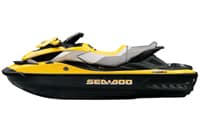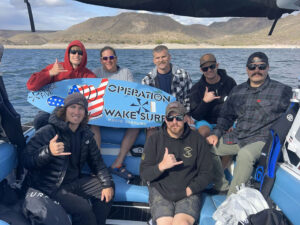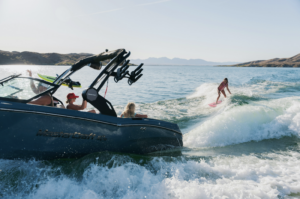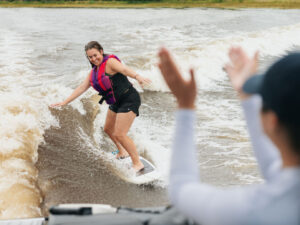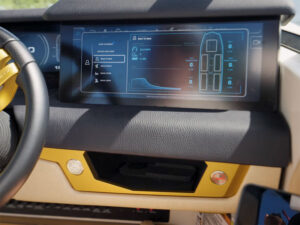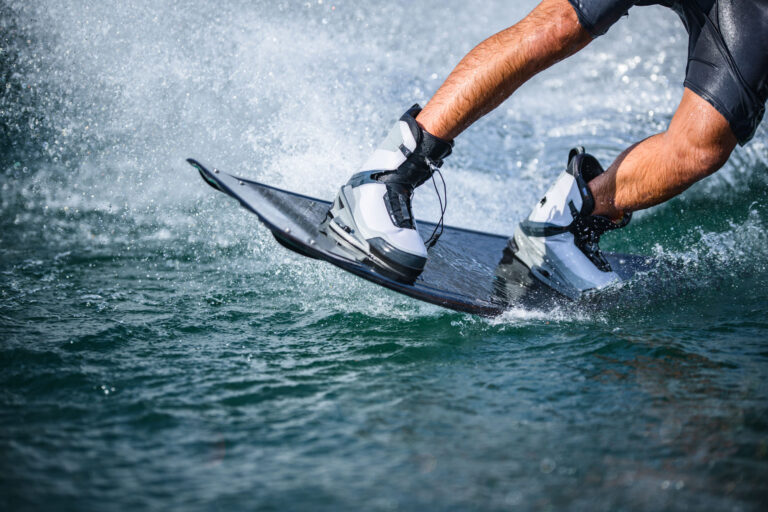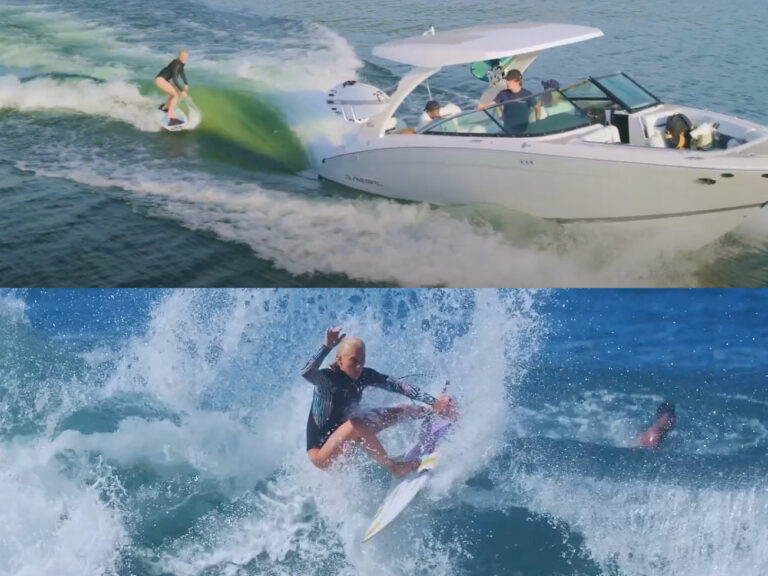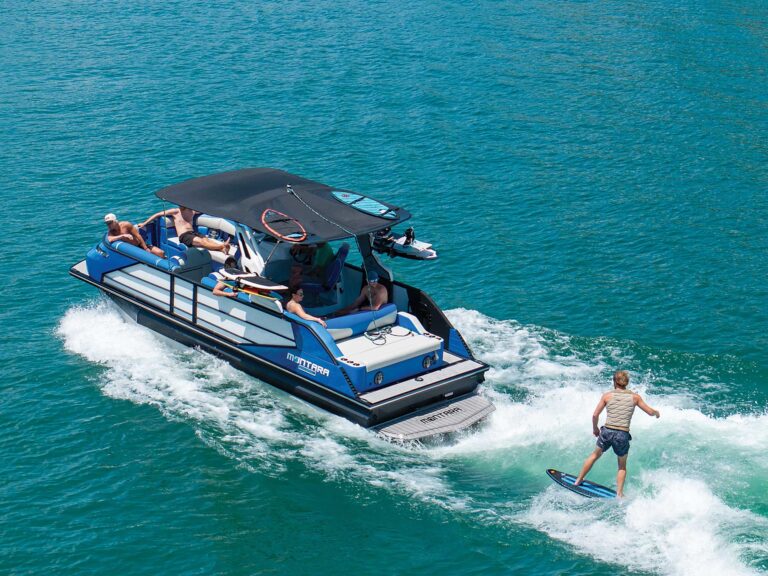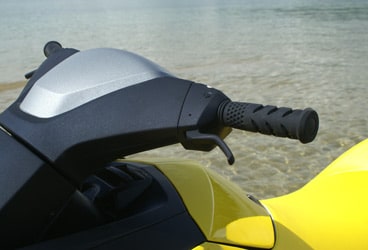
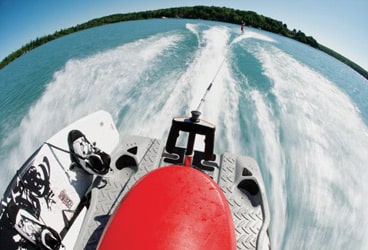
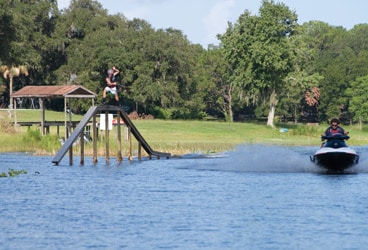
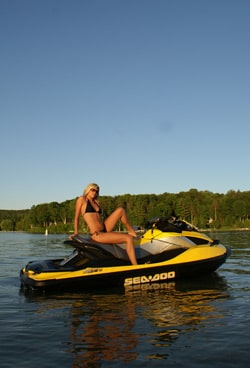
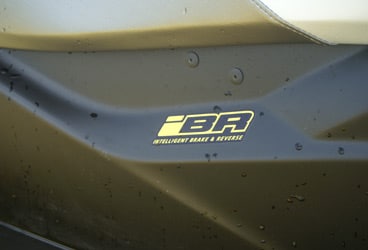
I tested the ’09 Sea-Doo PWCs at a press event in Pensacola, Florida, a few weeks ago. And what they’ve got coming down the pipe is flat-out science fiction. Not only does the 2009 Wake Edition feature a 200-pound ballast system, but the company is also debuting two new top-end models that feature a wildly innovative full suspension system and a brake. Yes, brake. We did a 19-mile run to the Alabama border and back, and the suspension, which offers up to six inches of travel, handled the 2-3-foot wind chop like a flaming machete through a fat brick of butter. And the brake really worked, slowing the PWC down in what Sea-Doo reports is a third of the normal stopping distance. These advances are going to change the PWC forever. For more, check out my full review in the February 2009 issue of WakeBoarding.
